Researcher at heart, but creator by profession. Jérôme Schlomoff is a seasoned photographer and videographer with a robust portfolio boasting portraits and documentary films. With more than 36 years of experience, he has seen and dealt with just about any subject and even the late artist Jean-Michel Basquiat.
His atelier LABEL IMPATIENCE feels complete yet comfortable and exudes a warm and welcoming atmosphere throughout. Situated in the Jordaan area, the studio doubles as an exhibition space and photo lab, offering home to intriguing black and white photos, call sheets, cameras, books and more. THE HYPERBOLE shared a traditional Dutch beignet with Jérôme, in an attempt to expose the man behind the photos.
What was the first camera you ever laid hands on?
“On my 17th birthday, my father gave me my first professional camera, a Rolleiflex 6x6. It was the camera he once was given by his father, so it was well over two generations old and then passed onto me. I’ve been obsessed with photography ever since. In fact, I still use this camera up to this day. I also shoot digital, but I always use the same approach.”
So, you prefer working with someone who’s willing to engage with you. Do you like it when somone’s not afraid to pose for you?
“There are usually two scenarios for me as a photographer. The person knows exactly what they want, takes on authentic expressions and is willing to compromise. Or you get entangled up in what I consider play, something that happens when someone can’t align the image they have in their head, with what they see on a screen or print. Our realities more or less clash, which can be challenging, and I have to try and break their ceiling and surprise them with an image they like.”
What is it like, working with a fashion heavyweight like Chanel?
“It’s a story in itself, really, and it goes very deep. I started working with Chanel in 2007 for an exhibition in Moscow. I do not work with people from the headquarters, but with experts from the conservation department, which is a different branch within the company. And they told me about the rich history behind Coco Chanel’s iconic perfumes, jewelry and jackets, including all their symbols and references. The people who work there are a real family and that’s something that’s apparent in the company culture. I think that’s because Chanel is not owned by one of the larger conglomerates, along with Hermès they are one of the few independent fashion houses. I believe that’s where their power lies.”
We all know Chanel’s classics, like the iconic no.5 perfume and the 2.55 quilted lambskin handbag, but the boucle jackets play the starring role in your latest photo series. What makes them special, in your opinion?
“The jackets are special because they come in endless varieties and they always reflect the zeitgeist. I was working on an exhibition called ‘Chanel & Cinema’, which was to be exhibited in the Grand Palais but currently postponed because of covid. The exhibition explores the relationship between Chanel and cinema between 1932 and now. It features clothes that are juxtaposed with a special montage I created, highlighting movies from all nationalities. German, French, Italian cinema and so on. The montage includes an amazing scene from the movie ‘Broken Embraces’ featuring Penelope Cruz. She wears a rope-embroidered Chanel jacket, similar to one once worn by French actress Arletty many years ago, a great parallel. While wearing that jacket, Cruz confronts someone who’s filming her at night, by pinning him against the wall using his own tripod. The ultimate display of power, and a hommage to modernity, turning the jacket into a feminist statement.”
How long does it take to get the right shot?
“Some photographers take two hours and thousands of shots to end up with the perfect portrait. I can’t do that myself, and I wouldn’t want to. First of all, because I would lose myself in all the options. Second of all, fresh energy is what I need for a good shot. The best session is usually the batch from the first twenty-five minutes. I never shoot more than five rolls of film per session. And If I use a digital camera, no more than a hundred pictures.”
Would you say that your instinct guides you through each session?
“Definitely. And my subconscious as well, it’s almost as if the perfect portrait opens a door to a new sense. Sometimes I even surprise myself, when I take portraits of people. My still images present me with a mirror and tell me something about what I was thinking or seeing in someone that particular moment. During a session there is no time to analyze what you are doing or thinking. But afterwards I can see more of my own behavior in the still images, for instance that I was susceptible to someone’s smile, cry or attitude. You can only access that information afterwards.”
If you could only take one, which photo would you take to the grave?
“That has to be my portrait of Jean Michael Basquiat. When I met him, he had an energy to him that is hard to describe in words. I will never forget the moment our portrait session was finished. When I switched the studio lights off, I felt a jolt of electricity run through my entire body, traveling all the way from my hand down to my neck and spine, eventually down to my toes. It was like a shock and I looked at him and even though we did not exchange any words, I could tell from his face that he experienced the same feeling. Six months later he died from an overdose, unfortunately. And even though we never talked about that moment, I will always carry it with me in that one photograph.”







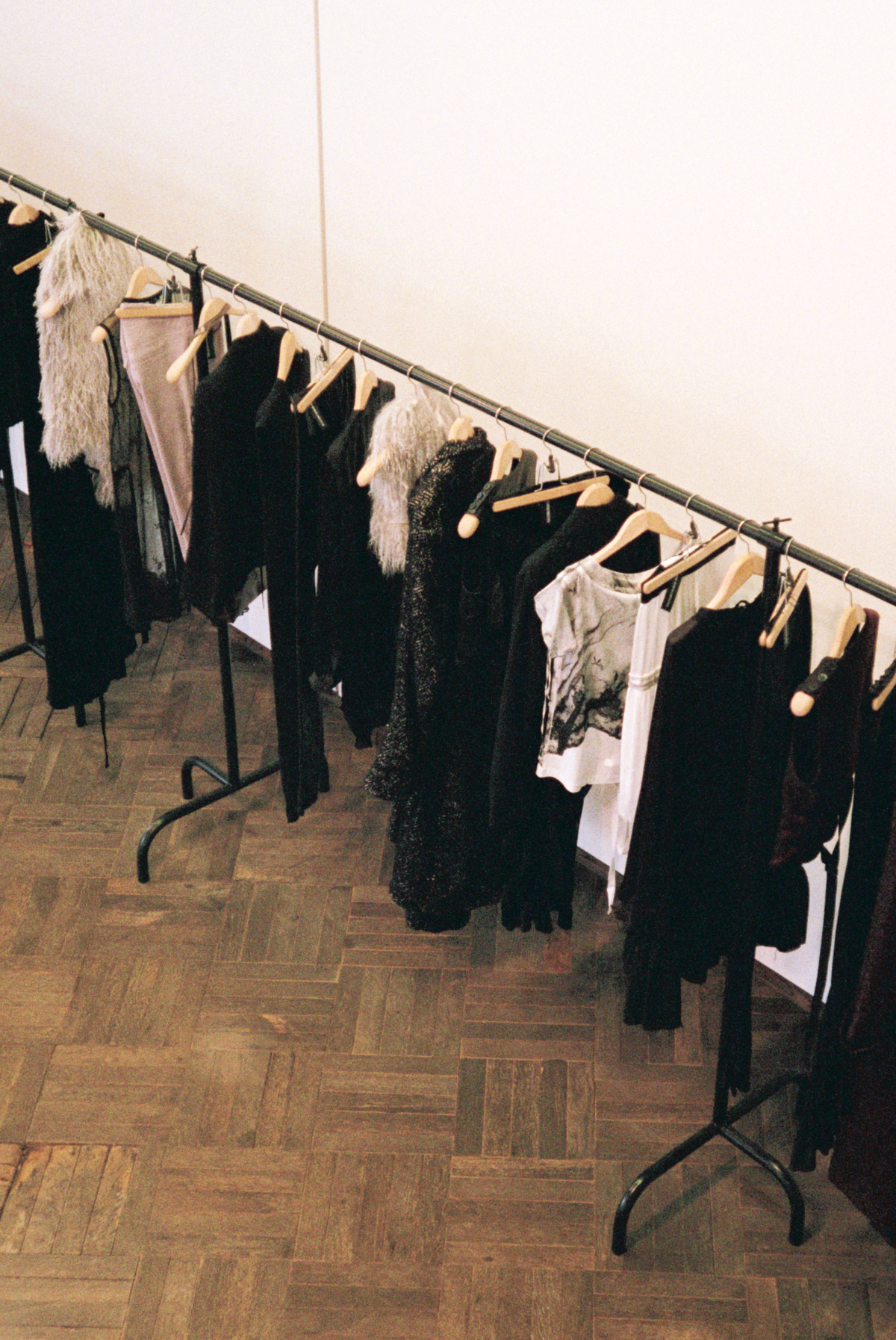

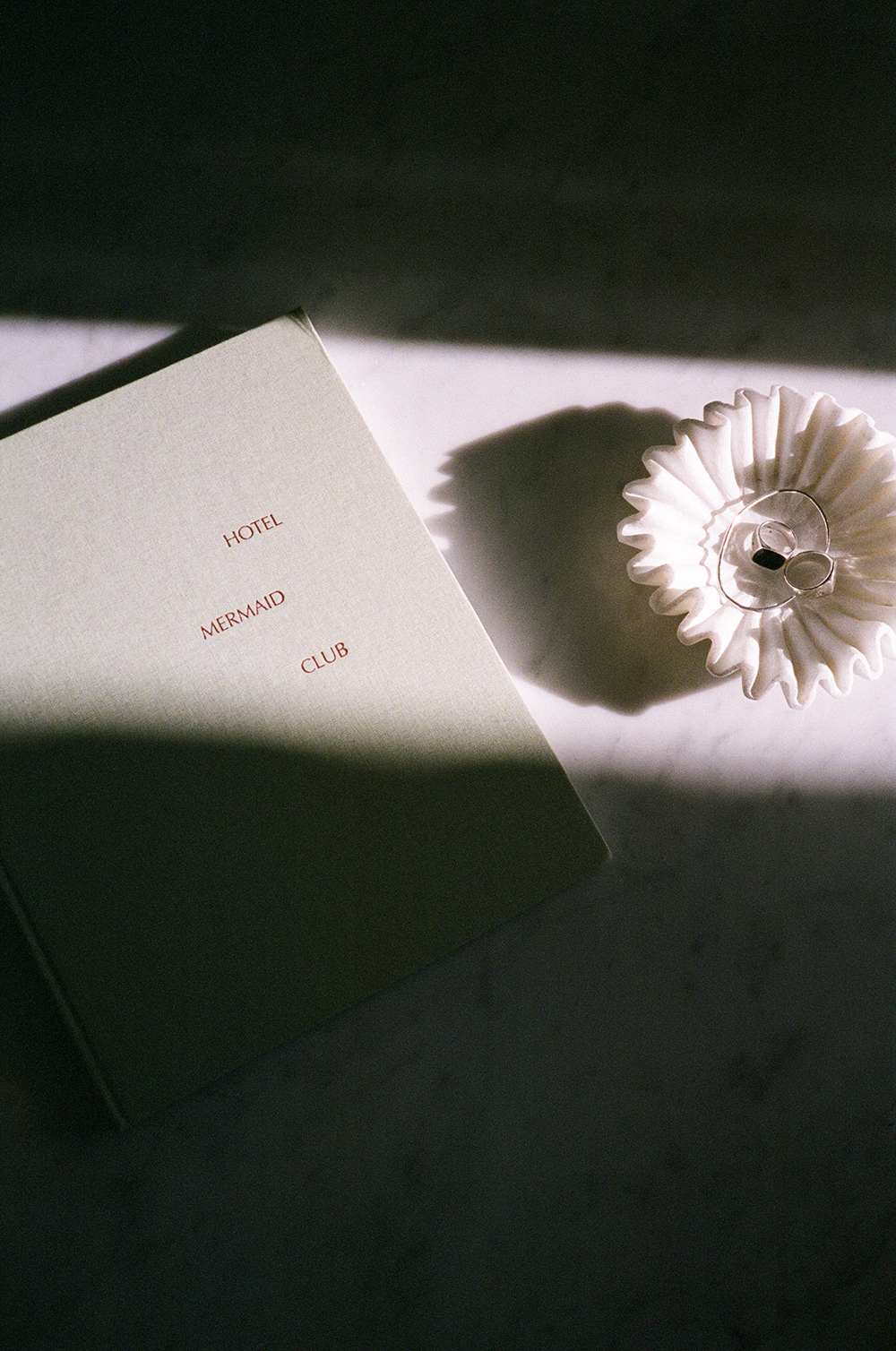
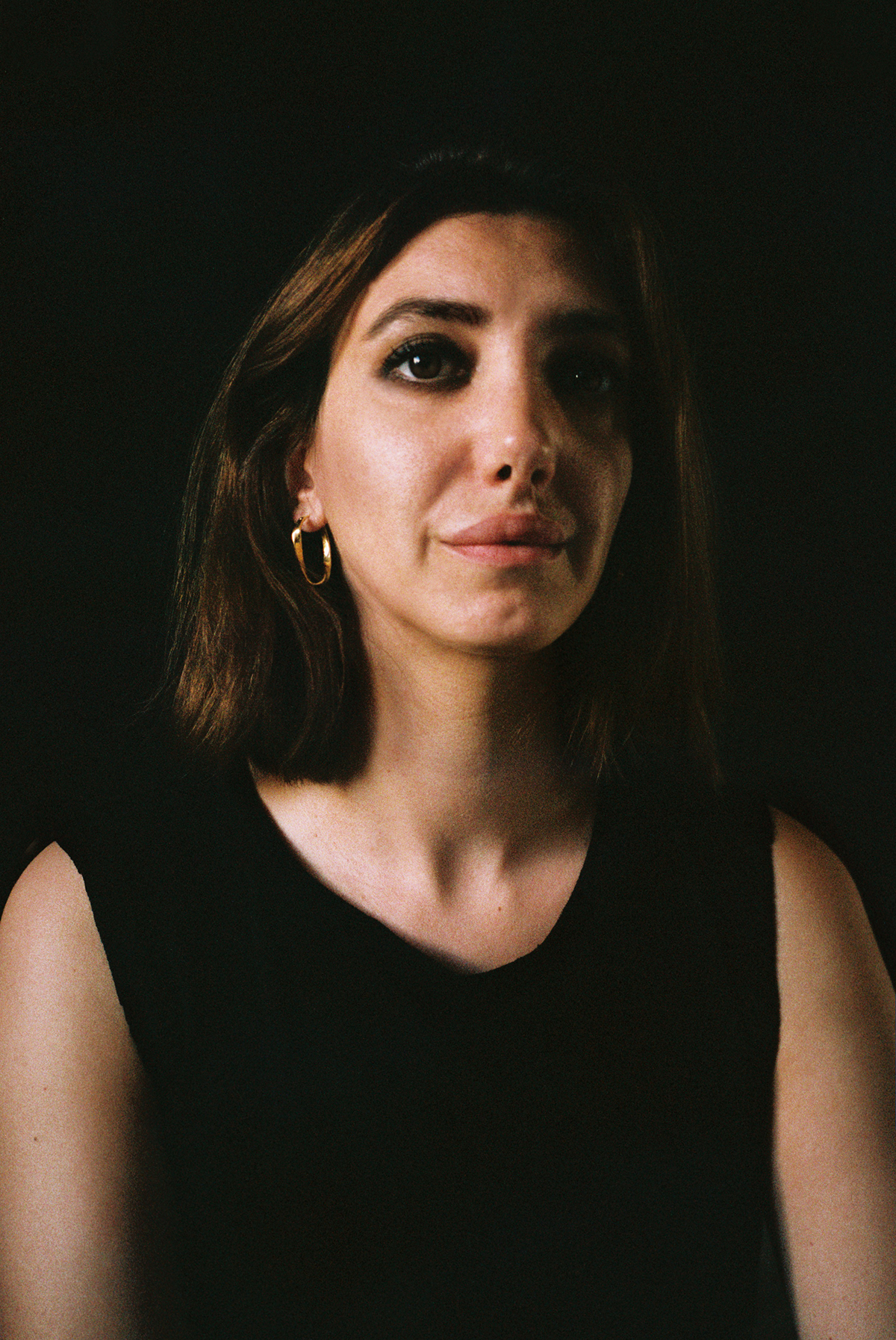
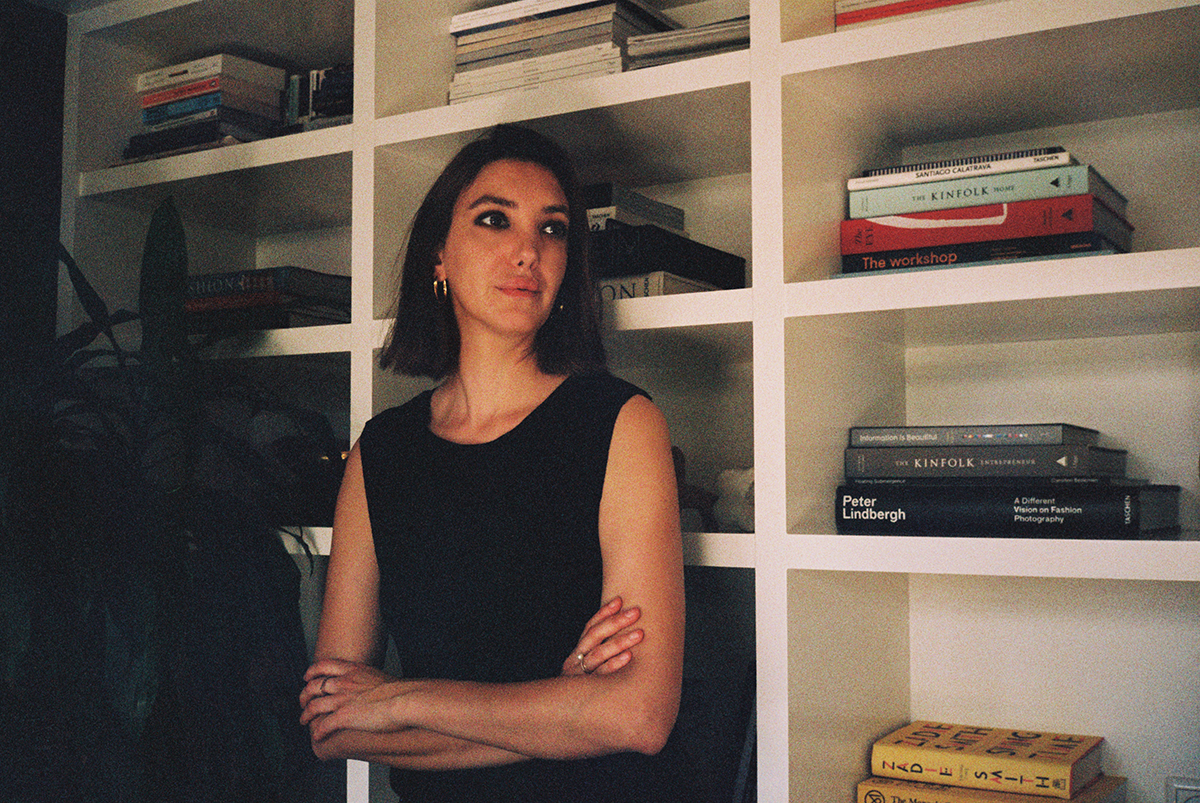

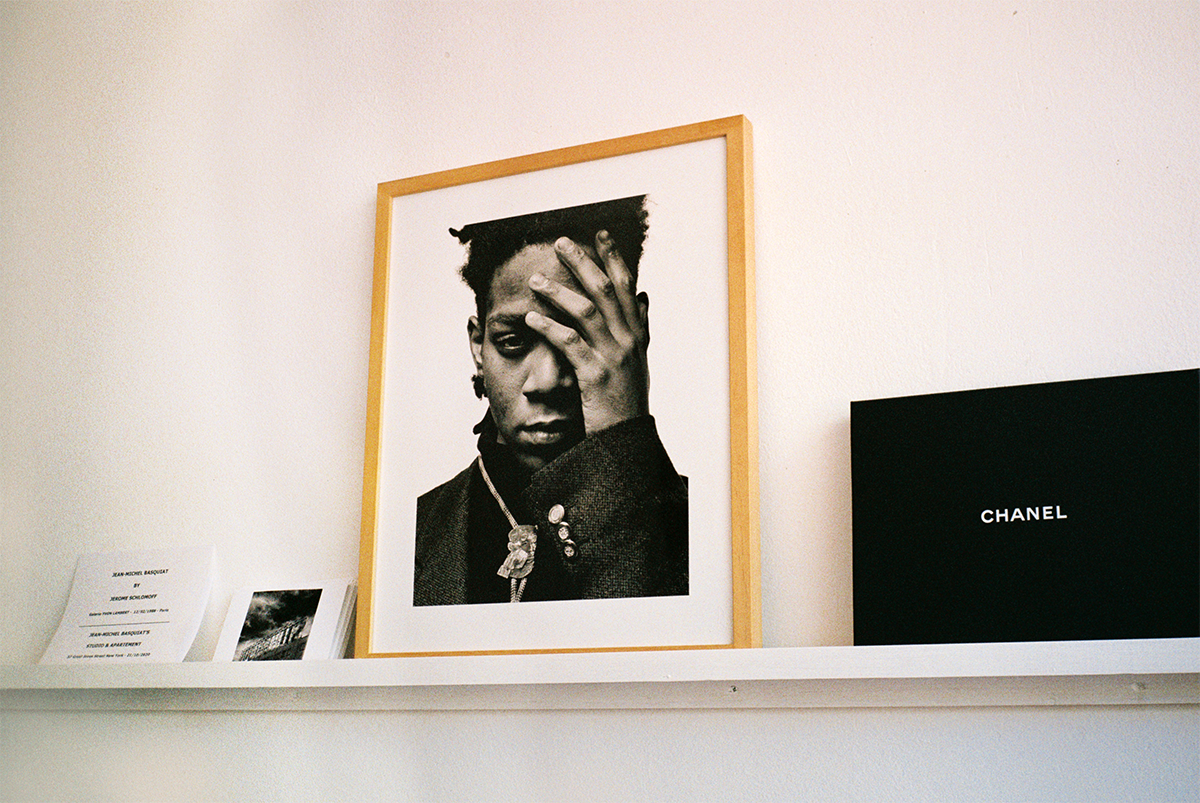
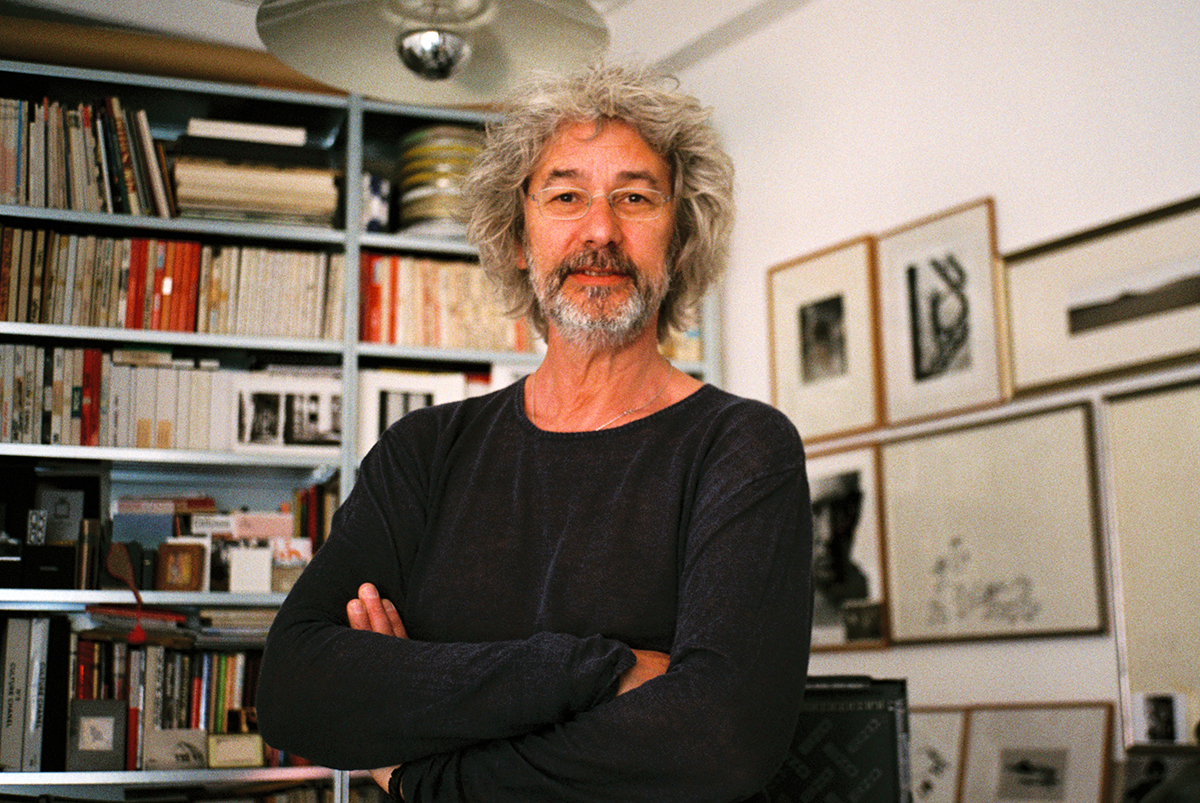
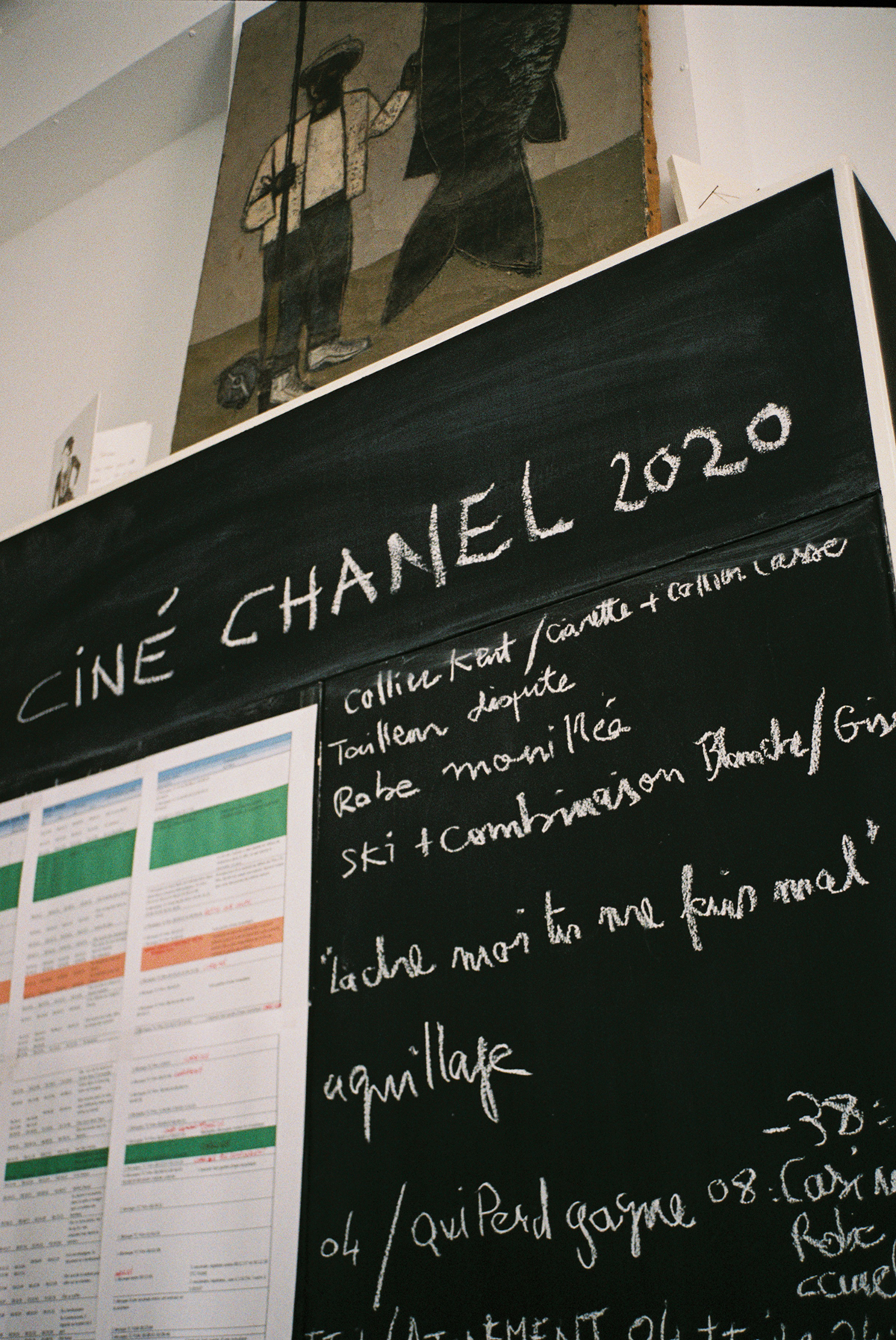
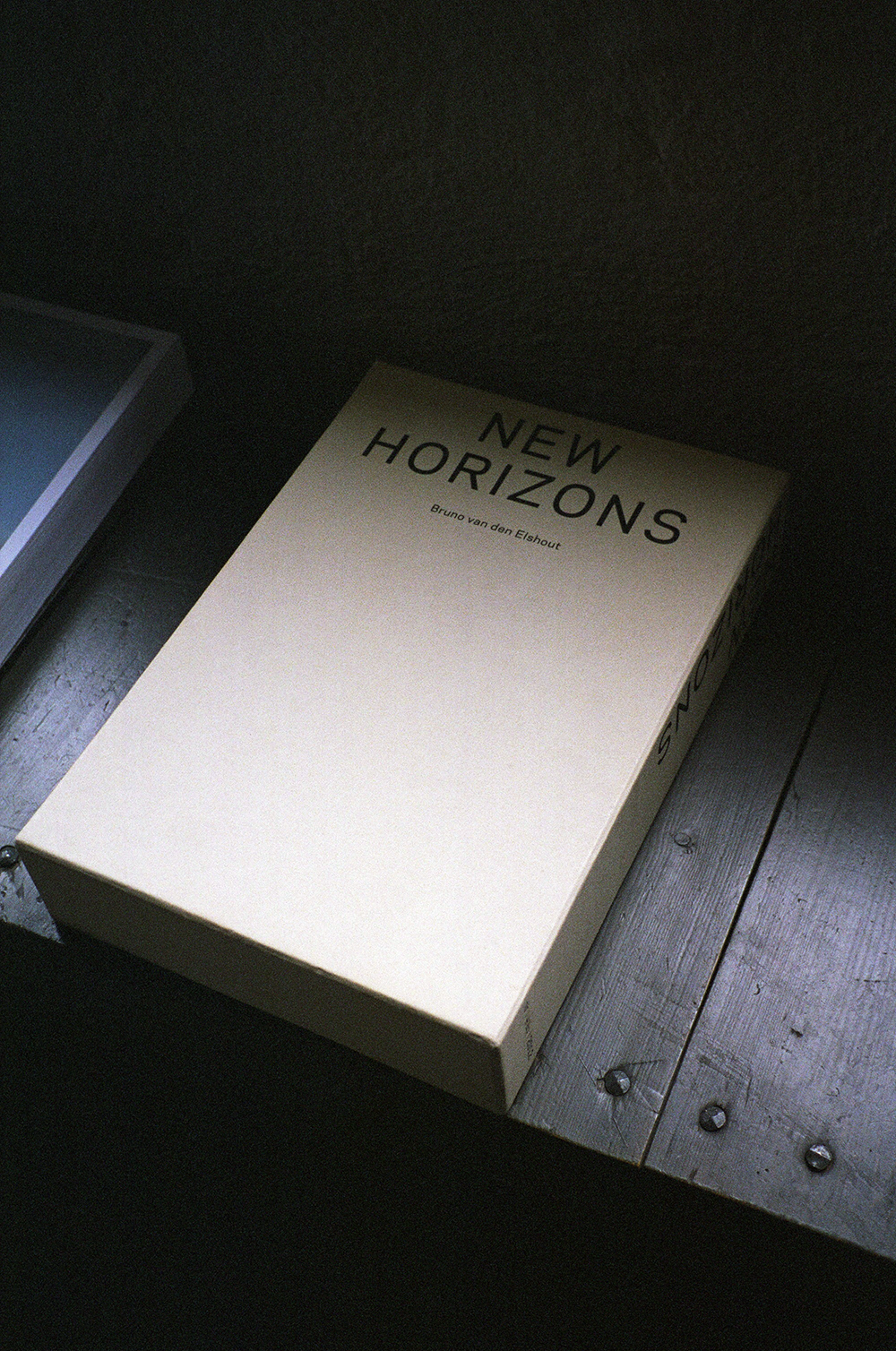
Eract Apr 25th, 2021
Cryptocurrency rates are breaking records, which means you have the opportunity to make money on cryptocurrencies. Join our system and start